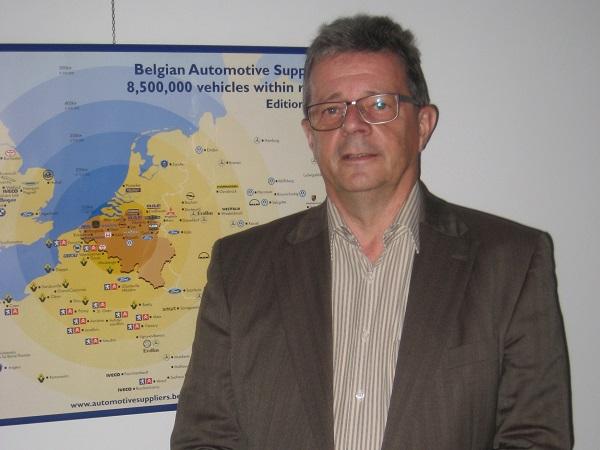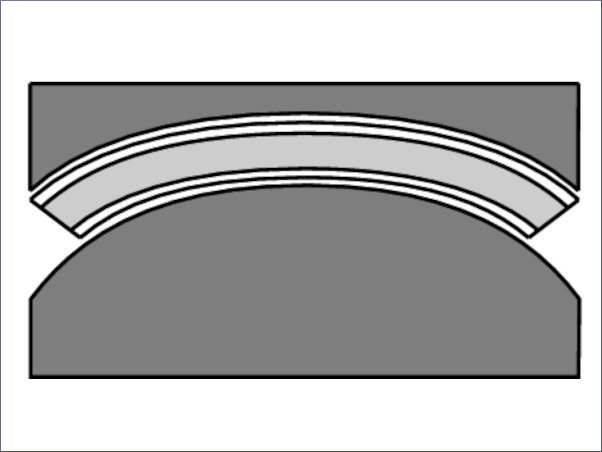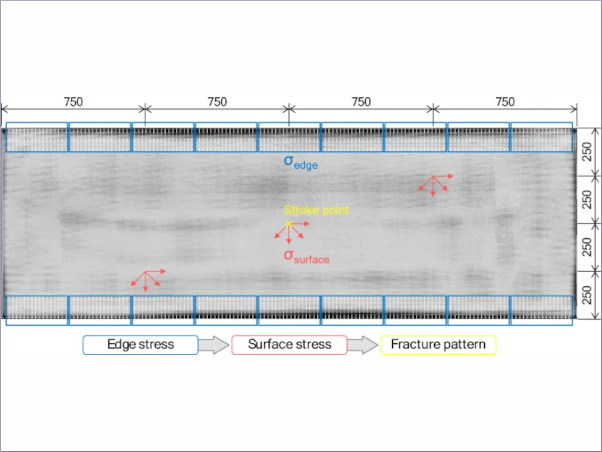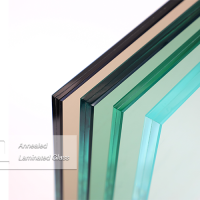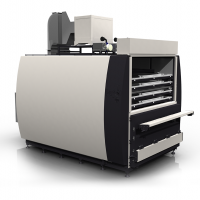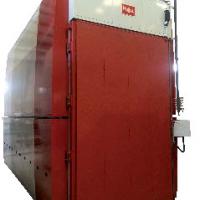When Luc Moeyersons started in 1985 in Technical Service Butacite® (after a career (also at DuPont) in R&D on car paints), almost no computers were available.
Hence all presentations were made on “transparencies”. Often graphs were drawn by hand as well as text was written by hand.
He had the unique privilege to have a “department computer”.
So, he started using that to produce “more professionally looking presentations”.
This way he became the “king of commuting and computing” (as his business manager used to call him, he worked in Geneva but lived in Belgium).
Making technical presentations became his second nature (half of his family used to work in school education).
After retiring from DuPont and Everlam (the company that ended up buying (the European) part of DuPont’s PVB film business, Luc created in 2020, LAMI-Solutions, an advisory company on glass lamination in very broad terms.
He advises in the field of automotive and architectural laminated glass (autoclave and autoclave free) as well as Photovoltaic industry.
His activities go from Laminating line concept, project management, start up and training, processing yield improvements, complaint analysis.
In view of this he decided to write a glass laminating guide. But rather then creating booklet “number 55”, he opted for writing a blog. He is counting to go technically deeper than other guides and hoping to answer your questions on the subject.
So, the goal of this document (and the ones to follow) is to create a communication tool around lamination of glass.
When we look at glass lamination, there are 3 basic systems around:
- Nip roller system
- Vacuum bag system
- Autoclave free system
Nip roller system is the most widely spread technology and is used for small to jumbo (or larger) laminates (600 X 321 cm). The laminates are mostly simple glass constructions of 2 glasses and one PVB layer (although Luc has produced laminates with various PVB/glass layers (up to 80 mm of laminate thickness). This system can be highly automated and consequently can achieve high productivity (tack-time as low as 40 seconds = every 40 seconds a laminate can leave the line).
Vacuum bag process is used for complex constructions and shapes. Often the cost of the raw materials exceeds the cost of lamination and consequently one is looking for a system with the highest degree of lamination success. So, lamination of tempered/semi tempered glass happens very often in vacuum bags (specially when combined with holes in the glass). This technology used to be applied on smaller laminates, but these days the same (glass) limit exist as for nip roller systems (even larger).
As one can imagine, this is a more labor-intensive process with lower productivity then nip rollers. But (if properly executed) the chance for perfect laminates is very close to 100 %.
Autoclave Free Process: To laminate one needs temperature, pressure and time. If the available pressure is low (lower than 1 bar – vacuum inside of the bag and ambient pressure outside), time can be used to compensate the lack of higher pressure.
Optical quality does not pass the automotive stringent quality requirements but fits the architectural ones. Due to the longer processing time (inside the vacuum bags/rings) the productivity is low and manpower intensive but also the investment is on the low side. One can imagine that productivity can vary a lot between a few laminates per day to some 6 Million Square Meters per year (with a name plate capacity exceeding the double of the current productivity).
Blog subject/concept:
In the next session(s), Luc would like to take you through these 3 processes in detail, going from glass and PVB requirements to design concepts.
He is also planning to handle also structural and acoustic laminated glasses, as well as curved/(cold or warm) bent laminated glass, and automotive laminated windscreen manufacturing.
He would like to use this blog as a communication tool, so feel free to ask/comment/disagree… with his observations/knowledge or suggest subjects/concepts. We are looking forwards to a bi-monthly/quarterly communication/”discussion” on PVB/glass lamination.

